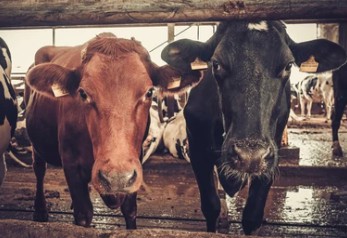Fundamentally, forage quality is the ability of forage to support animal maintenance and production functions. Although forage contains all nutrients, its primary contribution to animal maintenance is through the provision of nitrogenous components and energy. Therefore, in describing forage quality, researchers have focused primarily on these components. The most accurate representation of the ability to support the energy requirements of ruminant forages is the net energy (NE) value. However, direct characterization of net energy values and nitrogen utilization is expensive, time-consuming, and technically challenging. Both laboratory and animal methods have now been developed for predicting nutritional value or gaining insight into the potential of forage to support maintenance and/or production functions.

Since the quality of forage directly affects the success or failure of production, there are many ways to test forage. Are animals gaining weight, producing more milk, reproducing successfully, and living longer? These can also indirectly reflect the quality of the forage. As a leading global provider of forage testing services, Lifeasible is committed to assessing forage quality from an animal perspective by viewing forage quality as the ability of forage to meet animal needs.
Our team of experts develops various methods for evaluating forage quality using animals. Evaluate the quality of your forage through direct measurements of livestock performance as described below. This method is much easier to accomplish than formal energy balance measurements.
Some of the procedures in the animal methods for forage quality assessment provide the information needed to achieve very specific goals, some of which help to accurately predict nutritional value. In contrast, others are considered only relative indicators of nutritional value. Our basic goal is to help you determine the ability of forages to support maintenance and production functions in ruminants. For more information or to discuss in detail, please contact us.
Reference
Lifeasible has established a one-stop service platform for plants. In addition to obtaining customized solutions for plant genetic engineering, customers can also conduct follow-up analysis and research on plants through our analysis platform. The analytical services we provide include but are not limited to the following:
Why Do Plants Blush When They Are Hungry?
April 26, 2024
STU-CRISPR System Improves Plant Genome Editing Efficiency
April 19, 2024